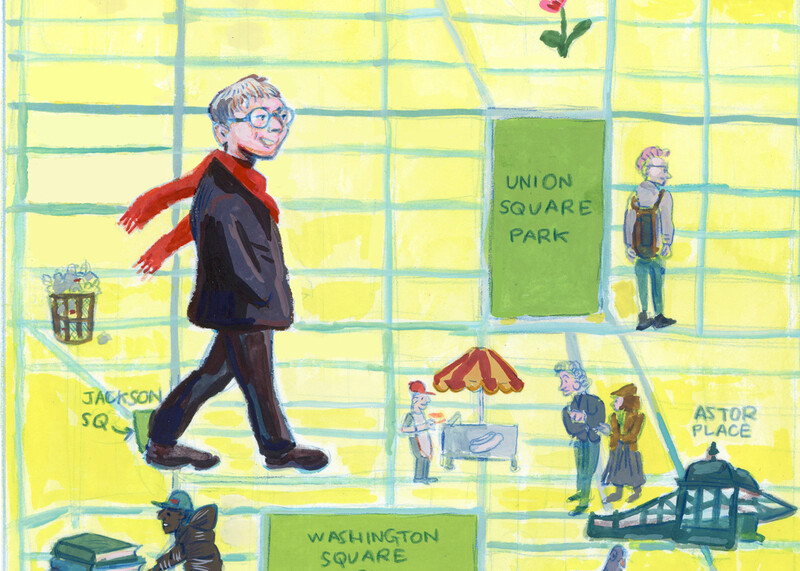Walking down Main Street in Park City, Utah, on Saturday, January 17, one might have questioned those rumors of how the economy had chilled out the Sundance party scene. Certainly a loud roar was coming from the restaurant 350 Main, one of the few spots on this frontier-style strip that isn’t a saloon. Didn’t the people inside know there was a recession going on?
They did, but they also had cause to celebrate. This was Columbia’s annual Sundance fete, sponsored by the Columbia Alumni Association in collaboration with the School of the Arts, and some 300 Columbians had gathered to toast their collective achievement: 2009 marked the most impressive showing yet of Columbia grads, faculty, and students at the Sundance Film Festival, now in its 25th year.
Of the festival’s 214 movies, selected from over 9000 submissions, 28 were created by CU artists. Four of the 16 films selected for the U.S. Dramatic Competition were written and directed by Columbia filmmakers. Among the auteurs were Cherien Dabis ’04SOA, who drew a standing ovation for her film Amreeka, a touching, funny portrait of a Palestinian woman’s immigration to the United States; Emily Abt ’04SOA, whose Toe to Toe depicted the racial tensions on a girls’ high-school lacrosse team; and Sophie Barthes ’03SIPA, the writer-director of the sci-fi black comedy Cold Souls, starring Paul Giamatti.
Inside 350 Main, revelers clinked glasses and munched pork loin and quesadillas. It was a nice respite from the L.A.-saturated scene out on Main Street, where producers in puffy coats and designer denim wielded iPhones, MacBooks, and Sundance ID placards, and seemed to justify founder Robert Redford’s recent public lament over the commercialization of his festival.
The Columbians had other concerns. Director Adam Salky ’08SOA and writer David Brind ’08SOA were discussing their feature, Dare, which portrays the sexual awakenings of three high school kids: the good girl, the outsider, and the rich kid. Was Brind trying to resurrect John Hughes? “No,” said Brind, as he sipped a glass of red wine. “My influences were more varied than The Breakfast Club. For me it was Rebel Without a Cause, Election, Heathers.”
Salky offered an alternate set of inspirations. “I was thinking more Cruel Intentions meets Y tu mamá también,” he said.
At five o’clock, Jamal Joseph, the School of the Arts film division chair, made an appeal to the group of directors, actors, editors, and writers and their guests. “Guys, please quiet down now,” he said. “This event is for the filmmakers, so let’s listen, OK?"
One by one, the filmmakers introduced themselves to the crowd. Writer and current SOA student Jon Haller and director Filippo Conz ’08SOA, who collaborated on Concerto, a 16-minute short about infidelity, made their film last year in Queens for $20,000. A shoestring, maybe, but don’t tell that to the filmmakers.
“It’s amazing,” said Haller, his voice still tinged with disbelief. “The money just disappears.”
“Honestly,” said Salky, “it’s so hard to get a film made these days. One never knows until the first day of shooting whether it’s actually going to happen.”
Later, Joseph noted that the shared toil of filmmaking is just one element that makes these annual Sundance gatherings relevant. “It’s about celebrating and networking between Columbia students and alums who are meeting for the first time,” he said. “The word is out: Columbia brings great films to the festival. And we throw a great party.”


